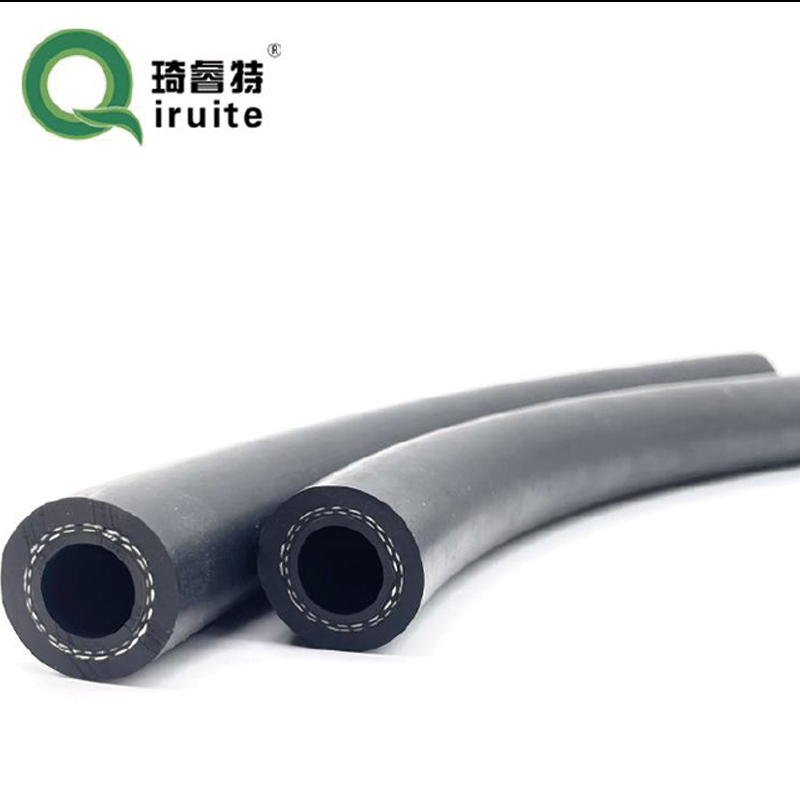power steering hose from pump to rack
Understanding Power Steering Hose from Pump to Rack
In the intricate world of automotive engineering, one of the key components that contribute to a vehicle's performance is the power steering system. This system dramatically improves the ease with which a driver can maneuver a vehicle, especially at low speeds. At the heart of this system lies the power steering hose that connects the pump to the rack. Understanding this hose’s function, construction, and maintenance can enhance our appreciation of automotive engineering and ensure optimal vehicle performance.
Function of the Power Steering Hose
The power steering hose, a crucial element of the hydraulic steering system, serves as a conduit for the power steering fluid. This fluid carries the energy generated by the power steering pump to the steering rack or gearbox. When the steering wheel is turned, the pump generates high-pressure fluid that flows through the hose and into the steering mechanism. This pressure assists the driver in turning the wheels, significantly reducing the physical effort required—especially beneficial in larger vehicles or during tight maneuvers.
Types of Power Steering Hoses
There are generally two types of hoses involved in a power steering system the high-pressure hose and the low-pressure return hose. The high-pressure hose, typically constructed from reinforced rubber or steel, handles the fluid from the pump to the steering rack under significant pressure (often exceeding 1000 psi). In contrast, the low-pressure return hose carries the fluid back from the rack to the pump, usually operating at much lower pressure.
Keeping these two types distinct is crucial, as they are designed to withstand different pressures and conditions. Misidentifying or improperly replacing one type with the other can lead to failure in the steering system, resulting in loss of steering control and potential vehicle accidents.
Construction and Material
The construction of power steering hoses is critical for their durability and performance. High-pressure hoses are typically reinforced to withstand the intense force of the fluid being pumped through them. They’re often made from synthetic rubber, which provides high resistance to wear and thermal degradation. Some hoses may also incorporate metal end fittings to ensure a secure connection to the pump and rack, preventing leaks and ensuring a tight fit.
power steering hose from pump to rack

On the other hand, low-pressure hoses are usually less robust, as they do not need to handle as much pressure. However, they still require quality materials that can withstand the elements, including heat, cold, and exposure to automotive fluids.
Signs of Wear and Maintenance
Like any component in a vehicle, power steering hoses can wear out over time. Common signs of wear include fluid leaks, visible cracks or abrasions on the exterior, and a soft or spongy steering feel. If any of these symptoms are observed, immediate inspection and potential replacement of the hose is recommended to prevent more serious issues.
Regular maintenance checks can help extend the lifespan of the power steering hoses. This includes visually inspecting the hoses for any signs of damage, ensuring that connections are tight and leak-free, and replacing the power steering fluid as needed following the vehicle manufacturer’s guidelines.
Replacement and Repair
Should you need to replace a power steering hose, it is crucial to choose the appropriate type to ensure compatibility with your vehicle's specific make and model. Aftermarket options are available, but it is always advisable to consult with a professional or refer to the vehicle's service manual to ensure you’re making the right choice.
When replacing the hose, it’s also an excellent opportunity to inspect the power steering pump and rack for any other potential issues. Ensuring that the entire system is in good working order can prevent future problems and provide a more enjoyable driving experience.
Conclusion
In conclusion, the power steering hose from pump to rack is a vital component of a vehicle’s steering system, directly influencing the driving experience. Understanding its role, recognizing signs of wear, and performing regular maintenance can help maintain the overall performance and safety of your vehicle. Whether you're a DIY enthusiast or an everyday driver, appreciating the importance of each component can enhance both safety and enjoyment on the road.
-
Ultimate Spiral Protection for Hoses & CablesNewsJun.26,2025
-
The Ultimate Quick-Connect Solutions for Every NeedNewsJun.26,2025
-
SAE J1401 Brake Hose: Reliable Choice for Safe BrakingNewsJun.26,2025
-
Reliable J2064 A/C Hoses for Real-World Cooling NeedsNewsJun.26,2025
-
Heavy-Duty Sewer Jetting Hoses Built to LastNewsJun.26,2025
-
Fix Power Steering Tube Leaks Fast – Durable & Affordable SolutionNewsJun.26,2025

